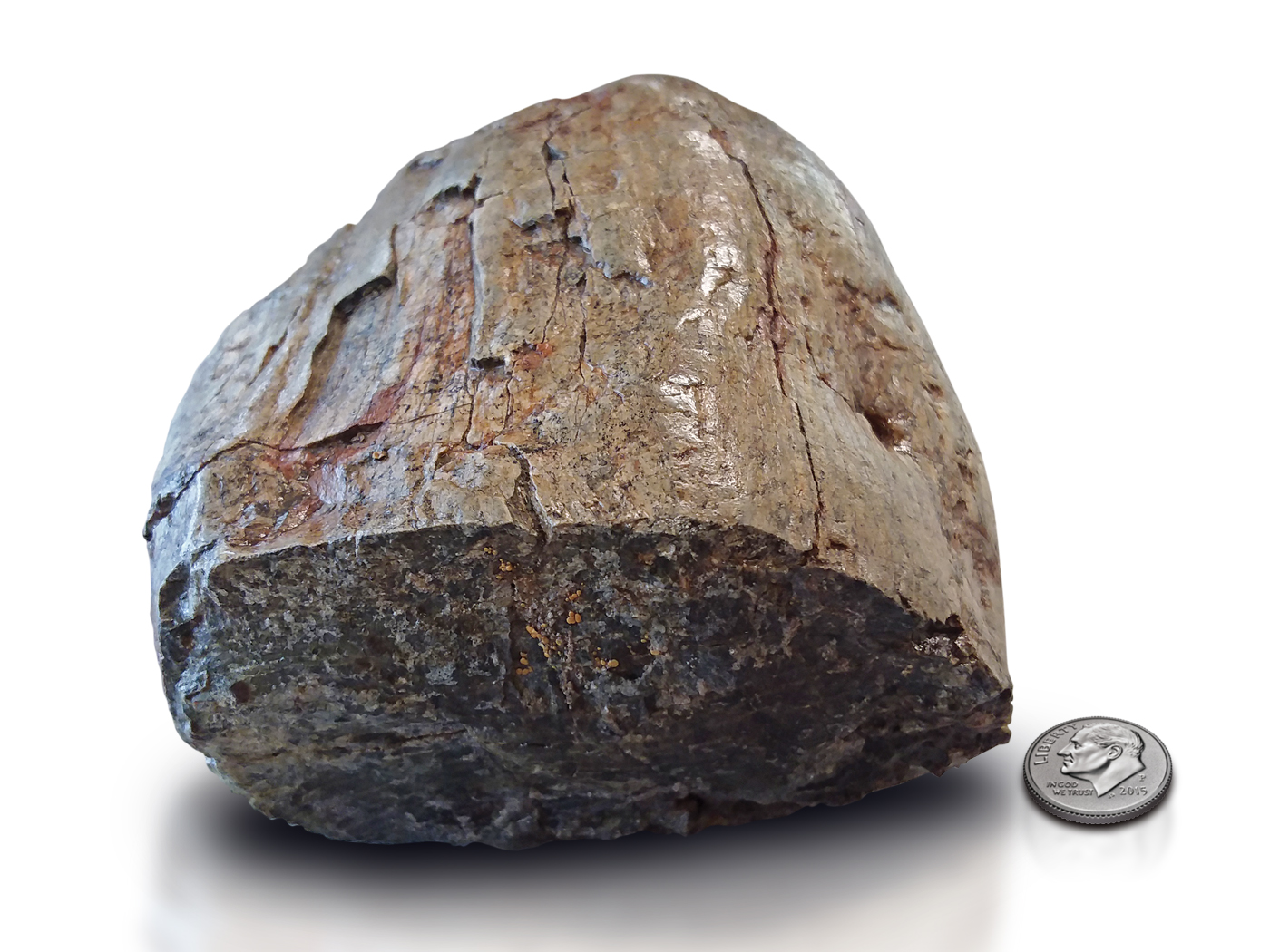On days one through five of the creation week, God developed and populated the originally empty (“without form and void”1) earth introduced in Genesis 1:2. He did so with great precision and tact to form a magnificent backdrop on which to place His crowning creative achievement, humankind. Not only did God save the best for last, but He created humans distinctly different from animals. Human life was segregated in distinct relation to God as Genesis 1:26 explains: by the divine plan (“let us make man”), by the divine pattern (“in our image”), and by the divine purpose (“let them have dominion”).2 Being in the image of God (imago Dei) is not simply an attribute bestowed by God and retained by humans. It is the essence of God’s perfect attributes reflected in humankind, who was specifically designed to represent God on Earth and reflect these attributes. More succinctly, being an image-bearer of God is what humankind is rather than something humankind has.
As with the animals, God formed Adam from the dust, but He “breathed into his nostrils the breath of life; and man became a living soul” (Genesis 2:7, KJV). Thus, humanity is unique and expressly set apart among God’s creations, possessing both a material body and an immaterial soul.
The material part of humans is not to be thought to directly resemble God as having flesh and blood. Nevertheless, it echoes the life of God, as it was formed in perfect health and was not originally subject to death. The immaterial part of humans reflects the image of God 1) morally because humankind was created in righteousness and perfect innocence that reflects God’s holiness; 2) mentally because humans have the ability to reason and choose, which reflects God’s intellect and freedom; and 3) socially because humanity was created for fellowship, reflecting God’s triune nature and His love.3 Suitably, these three attributes make a relationship between God and humans possible and endow humans with great capacity and, therefore, responsibility.4
Since humans have significant capacity, they are able to make free choices; however, these choices (and the consequences) are their responsibility. Unfortunately, Adam and Eve made a fatal choice of which all humanity bears the scars and the responsibility. In making this choice, they blemished the image of God within humankind. James 3:9 affirms that we still manifest the image of God, but we also exhibit the damage of sin. In Systematic Theology, Wayne Grudem explains this clearly:
Since man has sinned, he is certainly not as fully like God as he was before. His moral purity has been lost and his sinful character certainly does not reflect God’s holiness. His intellect is corrupted by falsehood and misunderstanding; his speech no longer continually glorifies God; his relationships are often governed by selfishness rather than love, and so forth. Though man is still in the image of God, in every aspect of life some parts of that image have been distorted or lost.5
Since humankind was designed specifically to be the image-bearer of God, if that characteristic were eliminated, humans would cease to be humans. Furthermore, by virtue of retaining God’s image, blemished by sin as it is, humans are redeemable and, by God’s perfect love and abundant grace, are worth redeeming.
Thankfully, we have a perfect, omniscient Redeemer. He anticipated our fallenness and was therefore “slain from the foundation of the world” (Revelation 13:8) to restore the original image of God in humanity. This action formed a “new man, which was created according to God, in true righteousness and holiness” (Ephesians 4:24). Faith in the redemptive act of Christ is the only way to restore humankind to its created imago Dei stature. As 2 Corinthians 5:17 states, “Therefore if anyone is in Christ, he is a new creation; old things have passed away; behold, all things have become new.”
References
1. See discussion of “without form and void” in Johnson, J. J. S. The Gap Theory: A Trojan Horse Tragedy. Acts & Facts. 41 (10): 8-10.
2. Ross, A. P. 1997. Creation & Blessing: A Guide to the Study and Exposition of Genesis. Grand Rapids, MI: Baker, 112.
3. Merrill, E. H. 2003. Image of God in Dictionary of the Old Testament: Pentateuch. T. D. Alexander and D. W. Baker, eds. Downers Grove, IL: InterVarsity Press, 442-443.
4. Ross, Creation & Blessing, 113.
5. Grudem, W. 2020. Systematic Theology, 2nd Ed. Grand Rapids, MI: Zondervan, 444.
* Dr. Corrado earned a Ph.D. in Systems Engineering from Colorado State University and a Th.M. from Liberty University. He is a freelance contributor to ICR’s Creation Science Update, works in the nuclear industry, and is a senior officer in the U.S. Naval Reserve.












